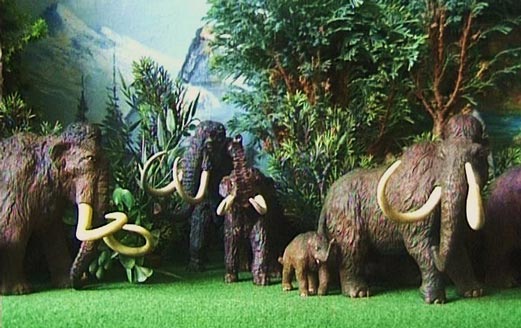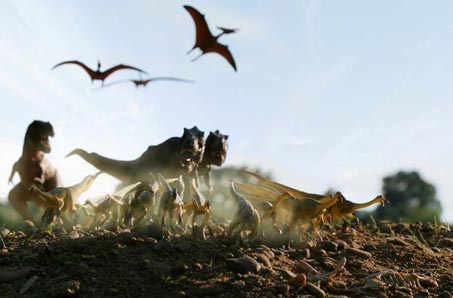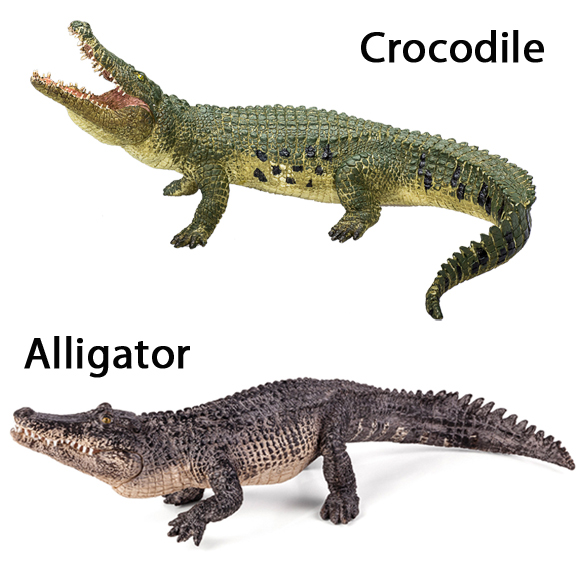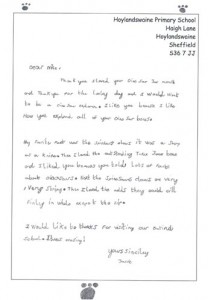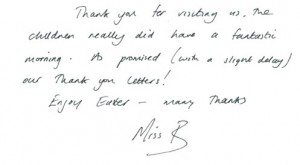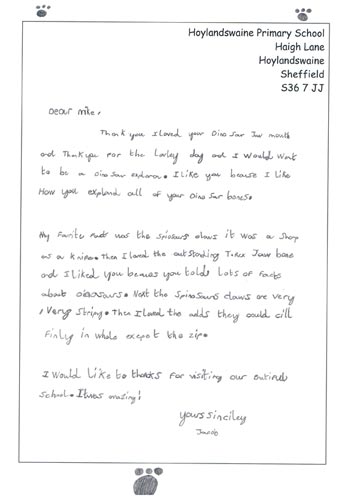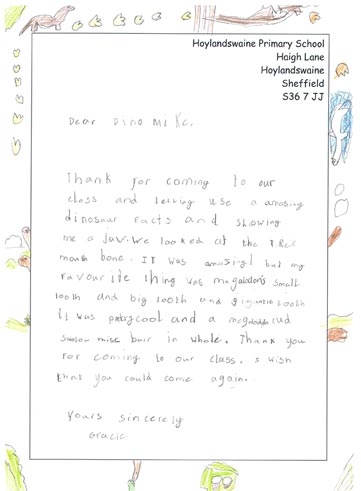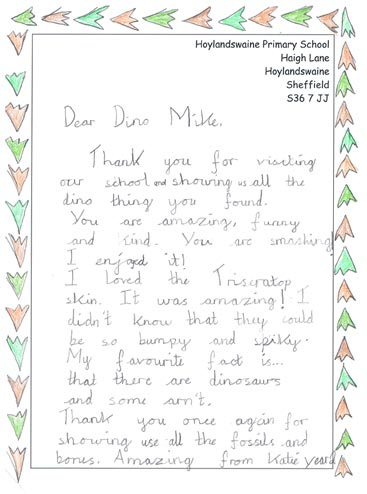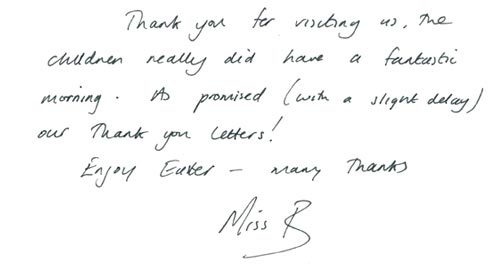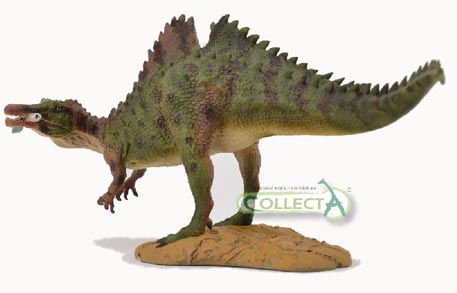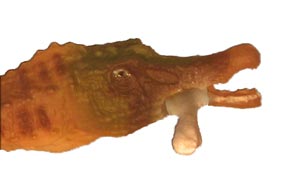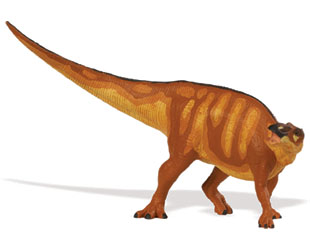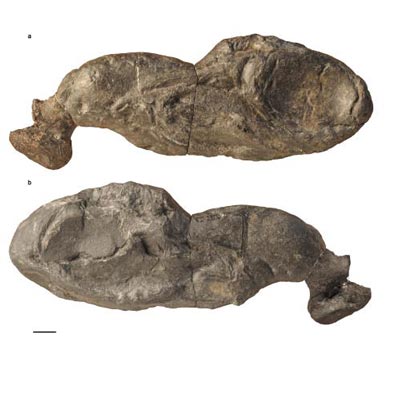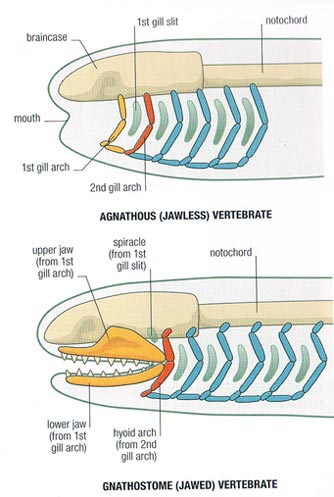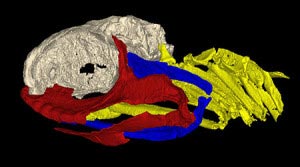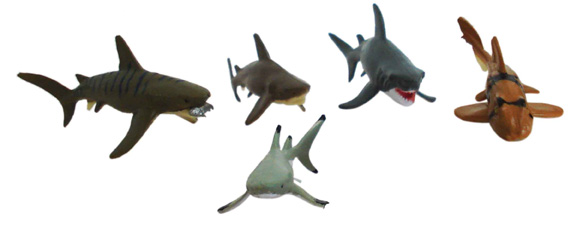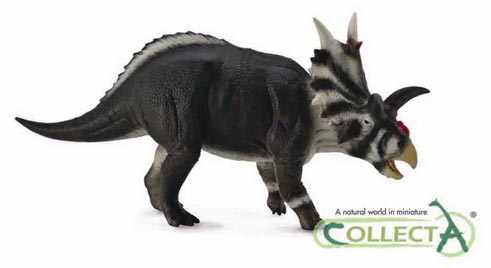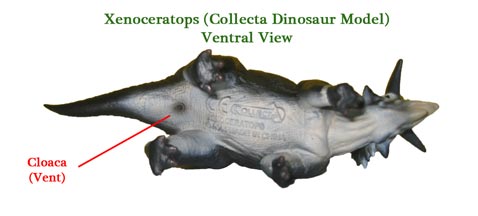Smithsonian Institute’s Beautiful Dinosaur Gallery to Close Monday
Last Day to Visit the Dinosaur Gallery at the Smithsonian National Museum of Natural History
Today, April 27th is the last day that visitors will be able to explore the magnificent dinosaur gallery at the Smithsonian National Museum of Natural History (Washington D.C.), on Monday the gallery closes and the hall will not open again until 2019. The 31,000 square foot dinosaur gallery attracts in the region of 5.5 million visitors each year. It has been estimated that nearly seventy percent of all the Natural History Museum’s visitors each year spend time exploring the amazing dinosaur fossils and other vertebrates on display in the dinosaur gallery. However, as from tomorrow, the gallery will be closed as a $48 million USD renovation project commences.
Dinosaur Gallery
The hall will be undergoing an extensive re-fit, it has not had any major alterations since the 1980s and as palaeontology has moved on so the directors at the museum feel the time is right (and the funding is now in place), to conduct a major overhaul of the space and the vertebrate fossil exhibits and casts.
The current dinosaur hall began as “The Hall of Extinct Monsters” when the museum opened in 1910. The museum’s most recent public display of dinosaurs and palaeontology has been essentially unchanged for more than 20 years. Although the museum has one of the most comprehensive collections of fossils and a staff of eminent palaeobiologists, the exhibition has become outdated because the museum lacked the funding for a total renovation of the space.
A New Dinosaur Exhibition Hall
The new dinosaur exhibition hall has been made a reality thanks to the extremely generous donation of $35 million USD from David H. Koch, the executive vice president of Koch Industries. The renovation will be the most extensive and costly in the museum’s 104 year history and it will provide a fitting showcase for some of the museum’s 46 million fossils as well as permitting state-of-the-art research to be demonstrated to the public.
Although it is sad to hear that the gallery will be closed for five years, we, at Everything Dinosaur do understand the time that will be needed to prepare the new exhibits. For example, the Diplodocus replica skeleton which measures nearly ninety feet long will have to be dismantled, cleaned and the put back together again, a major undertaking in itself, as we think this is one of the original Diplodocus casts donated by the Scottish born philanthropist Andrew Carnegie (cast of museum specimen CM 84).
Three Phases of Work
The renovation work will be undertaken in three major phases.
Firstly, there will be the dismantling of all current exhibits, their careful cataloguing, cleaning and storage. Secondly, the hall itself will be completely re-fitted, the brief is to return the space to its original splendour when it first opened, with the architecture of the building itself given greater prominence. Thirdly, there is the re-fitting of the exhibition space which will include the installation of the Museum’s very own real Tyrannosaurus rex fossil exhibit (the Wankel T. rex), although we are confident the life-size replica of the gracile T. rex currently on display (cast of Stan – BHI 3033) will still form part of the display.
Ever since the donation was confirmed, the process of planning the new hall layout was started. A number of preliminary sketches have been released and team members at Everything Dinosaur are very excited about the prospect of seeing a substantial proportion of the museum’s collection exhibited using the very latest visitor enrichment techniques.
Some of the iconic dinosaur fossils and specimens in the Museum’s collection will be on display over the period of construction and renovation. For example, a stopgap exhibition featuring the “Stan” cast and a cast of the skull of a Triceratops (T. horridus) as well as other Late Cretaceous dinosaur fossils will open in November 2014. This exhibition will be called “The Last American Dinosaurs – Discovering a Lost World”. This exhibition will remain open until the new dinosaur hall re-opens.
For dinosaur models, toys and clothing: Visit Everything Dinosaur.
We wish all the staff and contractors involved in the project the best of luck and we pass on our best wishes to them.


